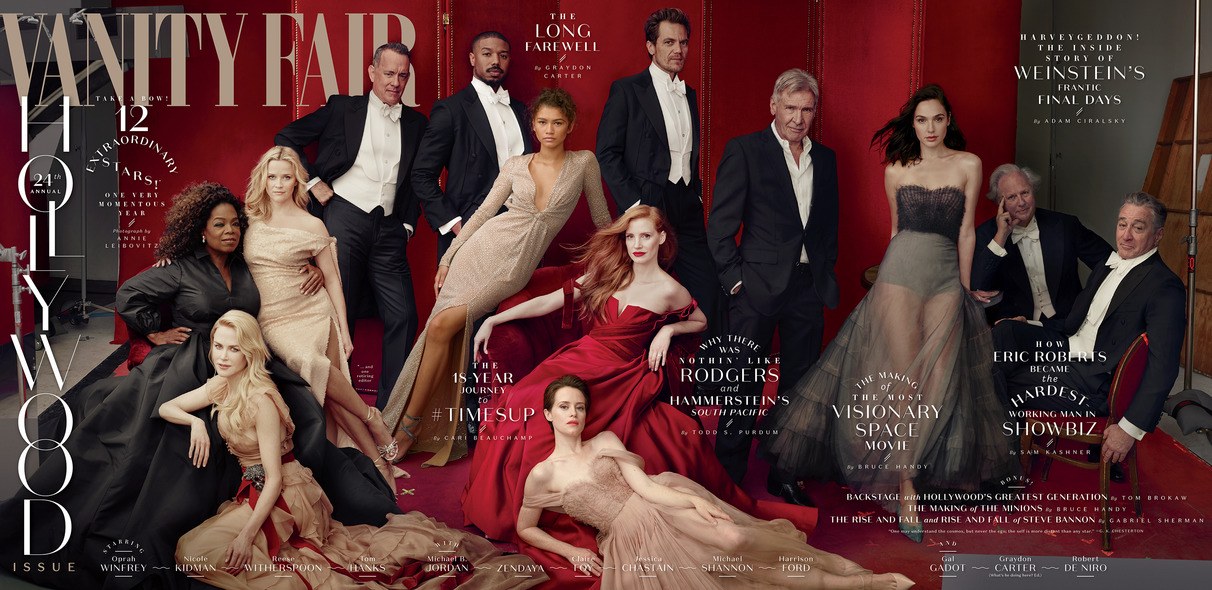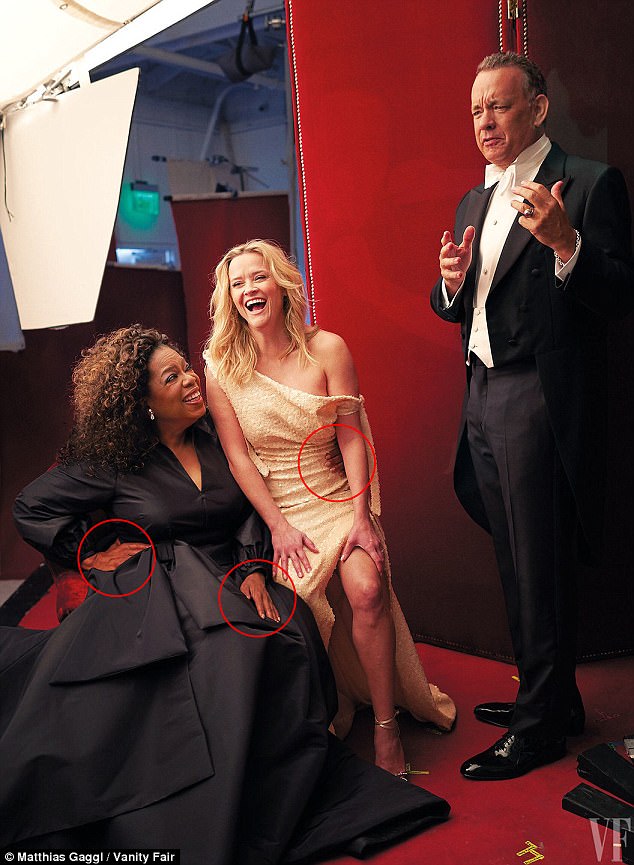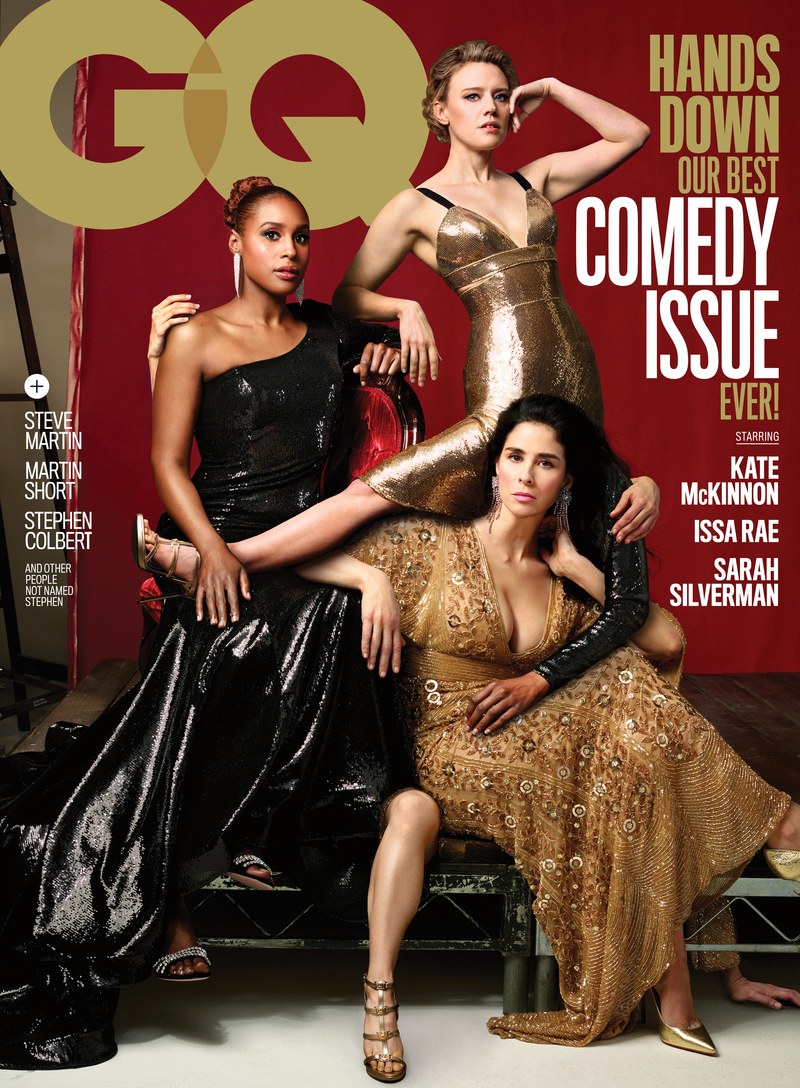The 16th annual Brand Keys Most Patriotic Brands in America study has been released, and we’re seeing some interesting trends in terms of patriotic campaigns and who they’re targeting. The survey ranks 297 brands in 2018 that were most resonant when it came to patriotism.
With the current division between political parties within the country, it’s no surprise that we’re seeing a shift of consumers self-perceptions of patriotism and the overall ideology of patriotism with age. The survey found that among those who responded with labeling themselves as “extremely” or “very” patriotic, 85% were baby boomers, 68% were Gen X, 53% were millennials, and 42% were Gen Z.
Though our perception of our own patriotism is shifting, our understanding of brands’ patriotism is being perceived on a deeper level. We seem to be basing it on a company’s actions as much as anything else.
Jeep, Disney and Coca-Cola top the 2018 list in that respective order, which is no surprise to those who read the list last year – all three of which were in the top 4 in 2017. Though we did see some big brands get completely knocked out of the top 50 – Facebook dropped below 50 presumably due to the Cambridge Analytica scandal, and so did the NFL, also presumably over players kneeling during the National Anthem. Also on the decline was Harley Davidson, which dropped 16 points after President Donald Trump’s criticism of the company moving more manufacturing operations overseas.
Because younger audiences are seeing themselves as less patriotic, brands taking the traditional patriot messaging route in a campaign that target these groups run the risk of falling flat. Those that are embracing a more modernized patriotic message, such as Pabst Blue Ribbon with their campaign that explores what the American Dream means to millennials, exhibits a cultural shift in identifying patriotism.
A brand that can engage its audience with a strong emotional value such as patriotism – whatever that meaning is for their target audience – will be believed, ultimately creating a bigger brand trust and positive feeling towards the brand. Brands that make such an emotional connection will always have a strategic advantage when it comes to winning hearts and minds – and loyalty – of customers.



